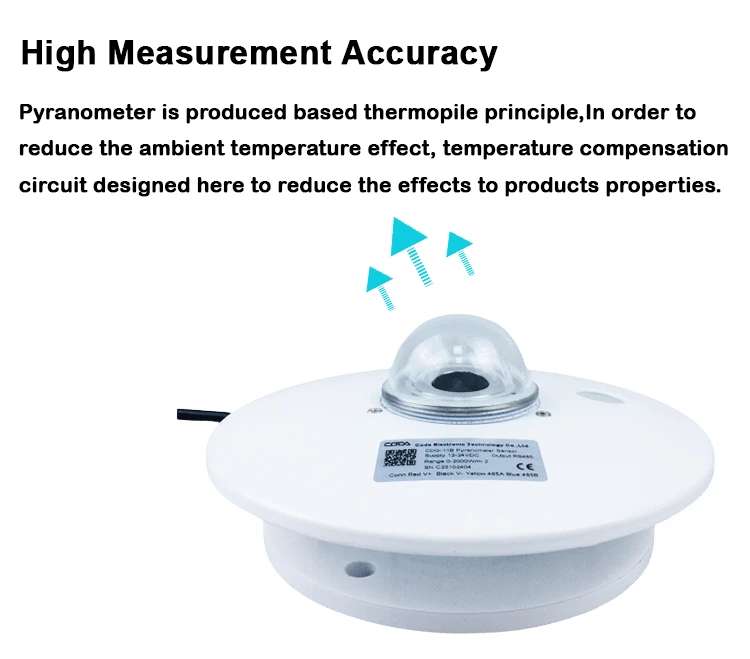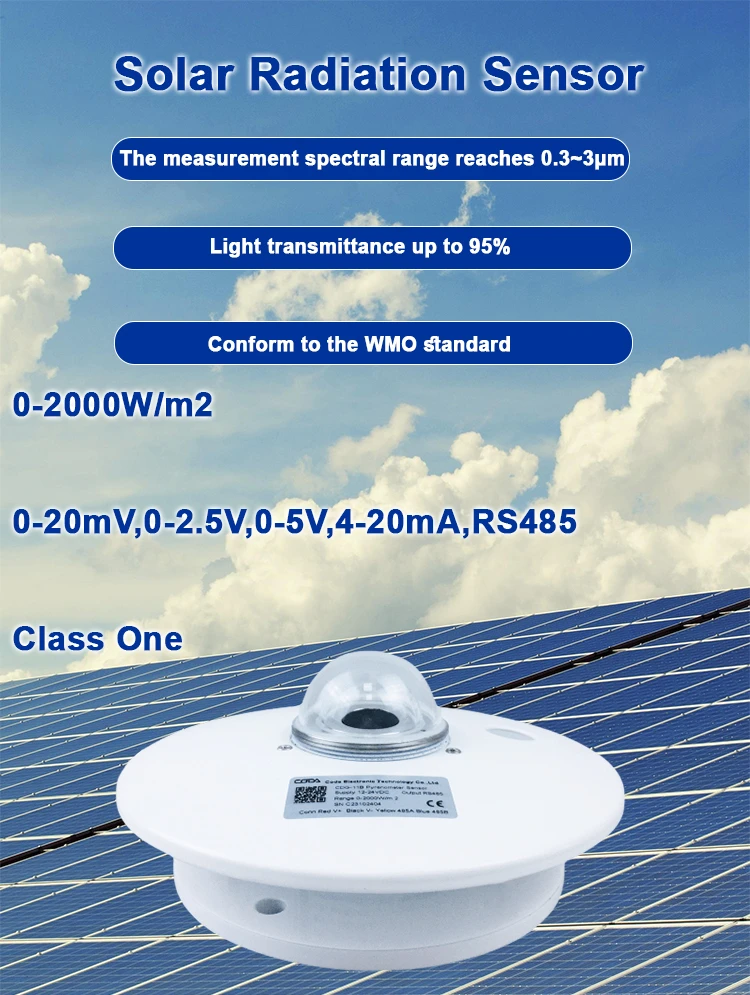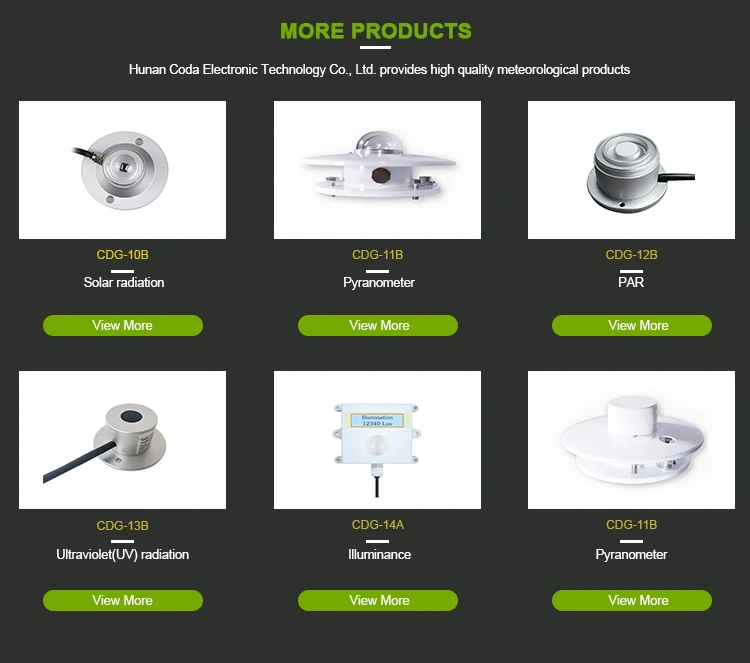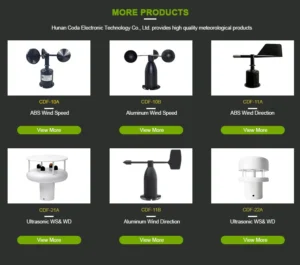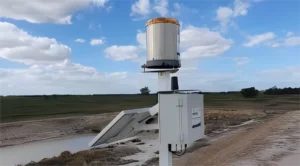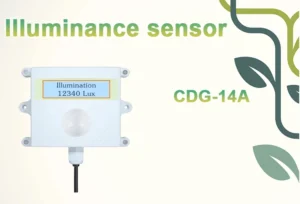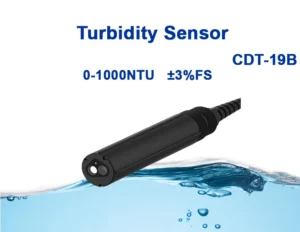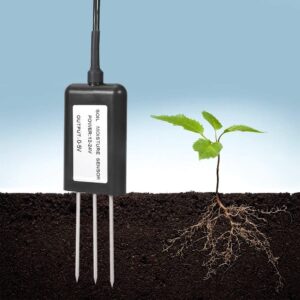Types of Solar Radiation Sensors
Derived from the Greek for “sunlight meter,” a pyranometer sensor is a device specifically crafted to measure solar radiation intensity. This article explores the principles behind its operation and its various applications.
I. Operating Principle of a Pyranometer
The pyranometers features a spherical glass casing containing a thermopile or photoelectric sensor, which transforms incoming solar energy into electrical signals. As sunlight strikes the pyranometer’s receptor directly, it absorbs this radiation and converts it into heat. The increase in thermal energy elevates the temperature of the receptor, altering its resistance. By measuring this resistance change, one can determine the solar radiation intensity.
II. Functions of a Pyranometer
Monitoring Solar Radiation Intensity: A pyranometer’s main job is to measure solar radiation intensity. This helps scientists understand climate and environmental changes. It also helps them analyze solar energy changes and study how pollutants affect solar radiation. Continuous monitoring with pyranometers supplies crucial data for meteorology, climatology, and solar energy applications.
Evaluating Solar Energy System Performance:
Besides tracking solar radiation, pyranometers are vital in assessing solar energy systems, such as solar panels and water heaters. The efficiency of these devices closely ties to solar radiation levels. By monitoring these levels, users can better gauge device performance and optimize solar resource utilization.
Agricultural Applications:
Farmers extensively use pyranometers in agriculture to monitor crop growth and development, helping them understand how different crops harness light. With detailed insights into crop conditions, farmers can improve production management and yield. Additionally, pyranometers assist in evaluating solar-powered irrigation system efficiency, promoting sustainable farming practices.
Research in Earth Sciences:
In earth sciences, pyranometers facilitate studies of earth’s surface energy dynamics and environmental changes. By observing solar radiation intensity, researchers investigate phenomena like surface temperature variations, ice melting, and sea level rise. Pyranometers also support research into atmospheric pollutants’ effects on solar radiation, offering data crucial for environmental protection efforts.
Conclusion:
In summary, pyranometer sensor serve as valuable tools for measuring solar radiation intensity across many fields. Their importance spans meteorological observation, solar energy systems optimization, agriculture, and earth sciences. Through their usage, we can enhance our understanding of solar energy utilization and environmental impact to strengthen sustainable development initiatives.
